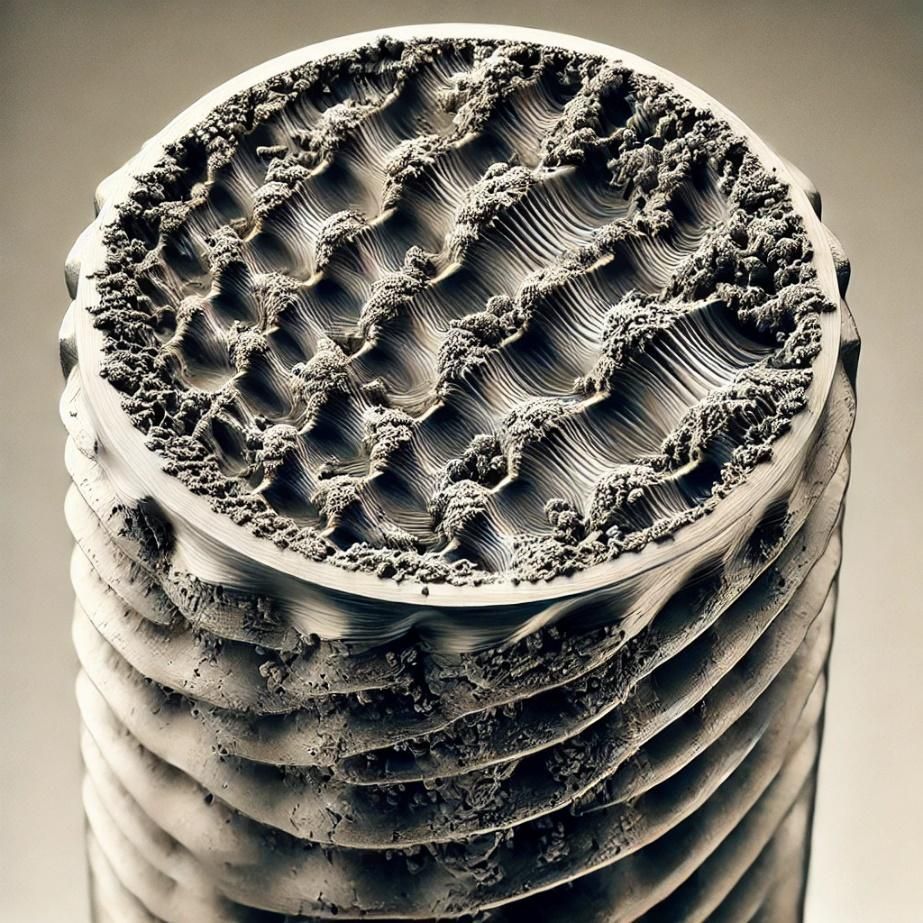THREAD FIT TOLERANCES
Introduction
The ISO metric system (International Organization for Standardization) is an international standard for measuring and defining thread fit tolerances. This standard is essential to ensure compatibility and interchangeability of mechanical components on a global scale. ISO thread tolerances cover a wide range of industrial applications, ensuring that threaded connections are precise and reliable.
Description of Tolerances
Thread fit tolerances are defined to ensure that threaded components (such as screws and nuts) properly fit together. These tolerances are specified by two main parameters: nominal diameter and thread pitch. Critical parameters also include minor diameter, major diameter, and internal diameter.
Tolerance Classes
Tolerance classes for ISO metric threads are indicated using combinations of letters and numbers. The letters (H, G, etc.) denote the tolerance for the internal (nut) or external (bolt) diameter, while the numbers indicate the specific tolerance grade. For example, the combination "6H" represents a standard tolerance class for a nut.
| Tolerance Class | Description |
|---|---|
| 6H/6g | General fit (standard) |
| 6H/5g6g | High-precision fit |
| 7H/6g | Loose fit |
Examples of ISO Threads
ISO metric threads are commonly used in various mechanical applications. Below are some examples of standard thread sizes with their respective tolerances:
| Thread | Nominal Diameter (mm) | Pitch (mm) | Bolt Tolerance | Nut Tolerance |
|---|---|---|---|---|
| M6 | 6 | 1.0 | 6g | 6H |
| M10 | 10 | 1.5 | 6g | 6H |
| M12 | 12 | 1.75 | 6g | 6H |
Analysis of Thread Fit Tolerances
Tolerance Graph
To better understand the range of tolerances, the following graph represents the tolerances for M10 threads:
Technical Considerations
Tolerances are critical to ensuring that threaded components function correctly without excessive clearance or friction. A fit that is too tight can cause assembly difficulties and potential damage to components, while a fit that is too loose may lead to instability and loosening during use.
In a commercial context, adopting the ISO metric system for thread fit tolerances offers several advantages:
- Standardization allows manufacturers to reduce production and storage costs, improving logistical efficiency.
- Global interchangeability of ISO-standardized components facilitates international trade and integration into global supply chains.
- Increased product reliability and precision enhance the final product quality, boosting customer satisfaction and reducing costs associated with defects and repairs.
Investing in the ISO tolerance system is a strategic choice for companies aiming to maintain a competitive edge in an increasingly globalized market.
Conclusion
ISO metric thread fit tolerances not only improve the quality and reliability of mechanical products but also serve as a crucial factor for commercial success and international business expansion.













